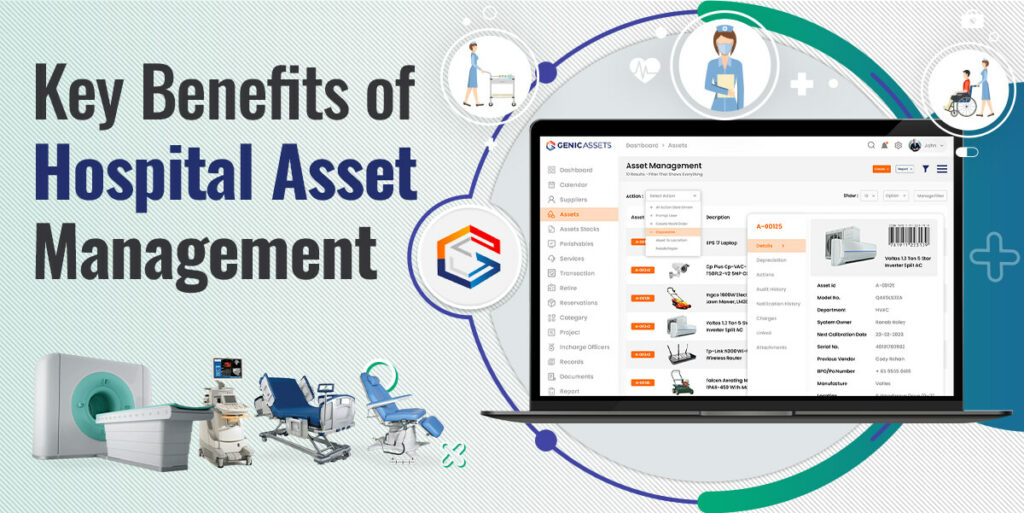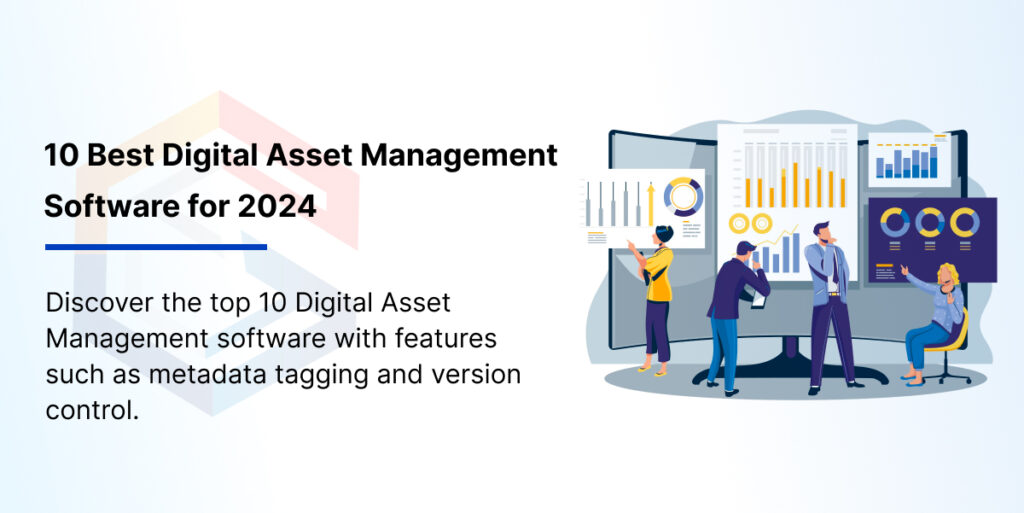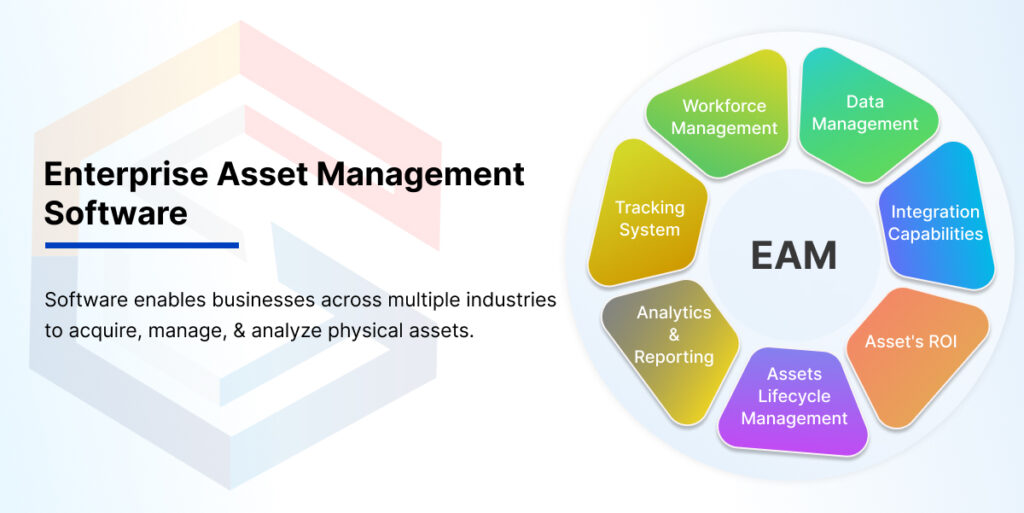
Predictive maintenance is transforming asset management by implementing a proactive approach. This approach is based on data analytics and machine learning technology. This fresh approach expects potential equipment problems before they happen. This allows organizations to do maintenance work in a timely and cost-effective manner. Compared to typical maintenance plans, which frequently rely on scheduled or reactive actions.
Predictive maintenance enhances asset performance and equipment life by analyzing real-time data. The significance of this strategy in modern asset management cannot be overstated because it increases operating efficiency. While significantly cutting unscheduled downtime and maintenance expenses. Organizations can now make informed decisions regarding when and how to maintain their assets. Owing to the combination of advanced analytics, Internet of Things (IoT) technology, and predictive algorithms. This brings in a new era of more intelligent, efficient, and dependable asset management system.
Traditionally, maintenance strategies have advanced through various stages. From reactive maintenance, which resolves problems as they happen, to preventive maintenance, which organizes regular maintenance. This method reduces downtime. However, these tactics typically result in additional maintenance duties or unexpected downtime due to equipment failure. In contrast, predictive maintenance marks a significant step forward.
It employs real-time data and advanced analytics to provide precise estimates of when maintenance should be performed. Hence optimizing the maintenance schedule and reducing downtime. This evolution marks a transition closer to greater intelligent, information-driven asset management selections.
Predictive maintenance is a technique that makes use of data analysis and predictive algorithms. This technique is used to hit upon gadget failure before it takes place. This makes use of a lot of technologies, including the Internet of Things (IoT), artificial intelligence (AI), machine learning, and huge information analytics. To monitor the circumstances and overall performance of equipment in real-time.
Sensors geared up on machinery gather records on loads of traits. Which includes temperature, vibration, and pressure. This information is then evaluated to search for patterns that could signal a failure. By expecting these failures, organizations may schedule maintenance while vital, preventing pointless downtime and expanding the life of their equipment.
If you are looking for an effective asset management solution for better management, try Genic Assets Management Software Solutions!
The use of predictive maintenance has numerous advantages. The most notable advantage of an asset tracking system is the significant cost savings it provides. Organizations that switch from a schedule-based to a condition-based maintenance strategy. They can drastically decrease unnecessary maintenance, saving on personnel, parts, and downtime costs.
Furthermore, predictive maintenance improves equipment reliability and availability. Which ensures that the gear runs at peak performance and is less prone to unexpected malfunctions. This dependability is critical for businesses where equipment downtime can lead to severe revenue loss.
Furthermore, predictive maintenance promotes a safer working environment. Identifying probable failures before they occur reduces the likelihood of accidents. Which are caused by equipment problems. This preventive strategy not only protects the staff but also reduces the likelihood of environmental accidents.
Another significant advantage is the good environmental impact. Predictive maintenance facilitates to optimization of useful resource utilization by ensuring that maintenance is performed only while required. This removes waste associated with over-maintenance, which includes the disposal of components that may not require replacement and lowers the environmental effect of preservation sports.
While the advantages of predictive maintenance are obvious, applying this technique presents several problems. First, the initial setup and cost might be substantial. Organizations must invest in appropriate technology and infrastructure. Which includes sensors, data analytics tools, and employee training. Furthermore, integrating these new systems with existing processes and technology can be challenging and time-consuming.
Data privacy and security are also top priorities. Because predictive maintenance mainly relies on statistics, retaining the safety and integrity of that data is important. Organizations must put in place robust cybersecurity safeguards to guard sensitive records.
Furthermore, the fulfillment of predictive maintenance is contingent on the availability of competent workers. The call for data scientists, machine learning specialists, and maintenance employees with a robust understanding of predictive analytics is probably difficult to fulfill, especially in industries where skills are rare.
As a result, investing in training and development is important for providing employees with the skills they need to properly use predictive maintenance.
Predictive maintenance must be implemented strategically to be successful. Starting small with pilot projects helps firms. Test the waters, get insights, and refine their approach before implementing predictive maintenance. This staged installation can assist in identifying potential problems. This also provides an easier connection with existing systems.
Another key component is to ensure that data is collected consistently and of high quality. The accuracy of predictive maintenance is determined by the reliability of the obtained data. To ensure that the data is reliable and complete, high-quality sensors and strict data gathering and management methods must be installed.
Choosing the correct tools and partners is also important, with so many technologies and solutions available. It is critical to select those that are most appropriate for the organization’s specific needs and objectives. Partnering with experienced vendors can give invaluable knowledge and assistance throughout the implementation process.
Finally, ongoing monitoring and adjustment of methods are required, predictive maintenance is not a set-and-forget solution. Regularly analyzing and refining the method based on performance data and feedback ensures. The predictive maintenance program remains effective and in line with the organization’s evolving needs.
Predictive maintenance has found applications in a variety of industries. Which demonstrates its flexibility and efficacy. In production, for example, predictive maintenance reduces equipment downtime and maintains output levels by anticipating and addressing probable machine faults. In the energy sector, it maintains the dependability of important infrastructure. Such as turbines and generators, avoiding costly and sometimes disastrous outages.
Transportation is another area that greatly benefits from predictive maintenance. Airlines, for example, employ predictive analytics to monitor airplane components, thereby increasing safety and reducing delays caused by mechanical faults. Similarly, rail operators use predictive maintenance to assure train and track reliability, which improves operating efficiency and passenger safety.
These examples display how predictive maintenance can be adjusted to fit the precise problems and necessities of many sectors, demonstrating its effectiveness in boosting operational performance, reducing fees, and enhancing typical safety.
The destiny of predictive maintenance will be described using evolving developments and technologies. The addition of more complex AI and machine learning algorithms will enhance the accuracy of predictive models, allowing for even greater genuine predictions of equipment breakdowns. The proliferation of IoT gadgets will also result in richer data accumulating, allowing a better knowledge of asset performance and fitness.
Furthermore, the growing significance of data analytics in asset management can not be underestimated. As organizations emerge as more data-driven, the capability to research and interpret huge quantities of data in real-time can be important. This will not only improve the efficacy of predictive maintenance but can even create new possibilities for optimizing asset performance and management methods.
Predictive preservation is projected to benefit traction as greater sectors see its usefulness in growing operating efficiency, reducing costs, and improving safety. As a result, it will play an essential part in the digital transformation of asset management, emphasizing the value of data-driven selection-making in a modern business context.
Finally, even as the path to implementing predictive maintenance may present problems, the benefits ways outweigh those limitations. Organizations can triumph over these demanding situations and gain the advantages of this creative method by enforcing high-quality practices and embracing the relevant technologies. The destiny of asset management is predictive, data-driven, and more efficient than ever earlier, ushering in a duration of operational excellence and competitive advantage.
Articles you might like








Genic Assets provide complete visibility, traceability, and accountability of your assets!
Get Started






